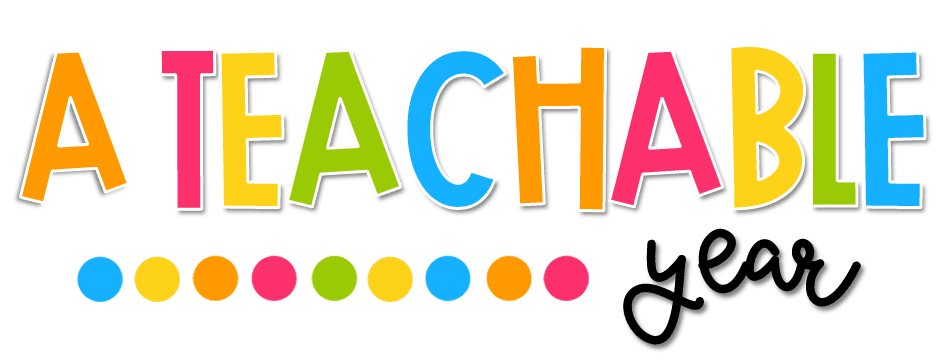Hispanic Heritage Month, celebrated from September 15th to October 15th, offers a vibrant platform for ESL educators to explore the rich tapestry of Hispanic culture, history, and the invaluable contributions of Hispanic individuals worldwide.
Understanding Hispanic Heritage Month
Hispanic Heritage Month commemorates the independence of several Latin American countries and recognizes the significant cultural and historical impact of Hispanic and Latino communities. It celebrates their traditions, languages, and the diversity that enriches societies globally.
Language Skills and Activities
Expanding Vocabulary:
Introduce vocabulary related to Hispanic Heritage Month, such as cultural diversity, traditions, identity, heritage, and influential figures. Engage students in discussions or activities to reinforce these terms, facilitating language acquisition.
Cultural Exploration:
Select literature, music, art, or films representing Hispanic culture, showcasing its diversity and richness. Engage students in reading, listening, or viewing sessions followed by discussions, fostering language skills while celebrating cultural diversity.
Cultural Celebrations:
Encourage students to research and present on various Hispanic cultural celebrations, such as Día de los Muertos, Carnaval, or Las Posadas, promoting cultural awareness and understanding.
Embracing Diversity and Cultural Pride
Celebrating Contributions:
Highlight the significant contributions of Hispanic individuals in fields like art, literature, science, politics, and sports, emphasizing their impact on global culture and history.
Cultural Pride:
Discuss the importance of embracing one's cultural heritage and the significance of cultural pride, fostering a sense of belonging and identity.
Interactive Activities
Cultural Showcasing:
Organize cultural showcases where students present traditional dances, music, cuisine, or crafts from Hispanic cultures, promoting cultural exchange and appreciation.
Language Learning Games:
Engage students in language learning games based on Hispanic cultural elements, such as word association with Hispanic foods or traditions, encouraging language practice in a fun way.
Reflective Discussions
Cultural Identity:
Initiate discussions on the importance of cultural identity and the diverse backgrounds that contribute to the richness of our communities, fostering respect and appreciation.
Personal Connections:
Encourage students to share personal stories or connections to Hispanic culture, creating a sense of inclusivity and understanding among classmates.
Celebrating Hispanic Heritage Month in ESL Classes
Teaching about Hispanic Heritage Month in ESL classes provides a platform to explore cultural diversity, language development, and the values of embracing one's heritage. Through language exercises, cultural explorations, interactive activities, and reflective conversations, educators can create an immersive lesson that not only enhances language skills but also instills a deeper appreciation for cultural diversity and inclusivity.





No comments
Post a Comment
Thanks for your comment!